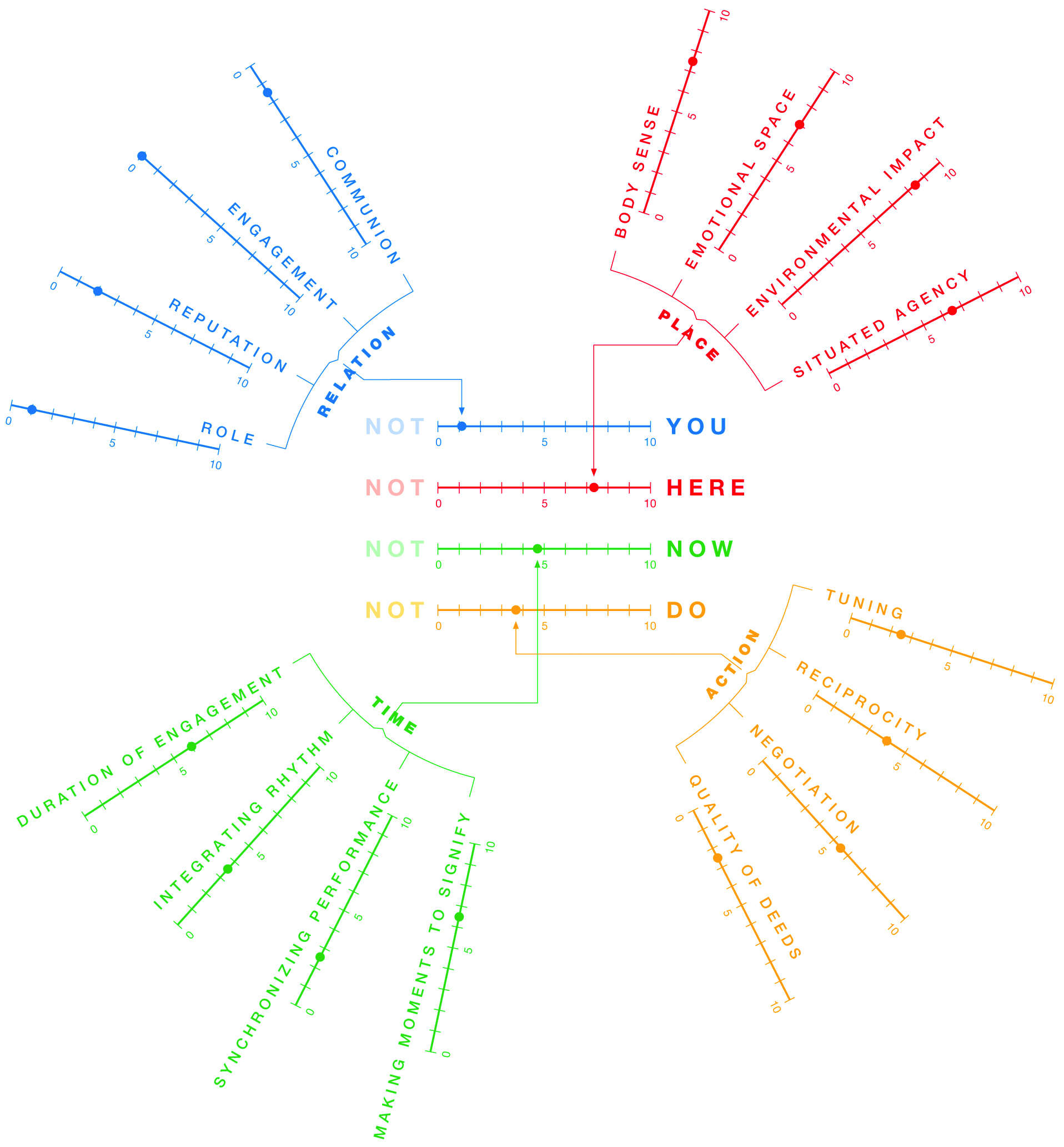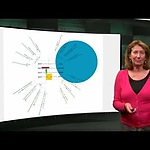In the era of ubiquitous media, networks, and many complex infrastructures on which society depends,presence is no longer solely coupled to physical reality. Presence has acquired new virtual stances, withcompletely new dynamics. Take this MOOC as an example!
Design of presence affects how people trust each other and therefore how people interact, collaborate and do business. Design for trust is widely acknowledged as an important element in any social economic design. Design of presence, as a significant factor that contributes to trust, is often not recognized.
The question is: How can we design for trust and presence?
In the next web lecture Dr. Caroline Nevejan will present the Yupta- framework which she developed for designing for Trust and Presence. The picture below shows the 4 dimensions (relation, place, time and action) of the Yupta framework and the criteria (four for each dimension).

